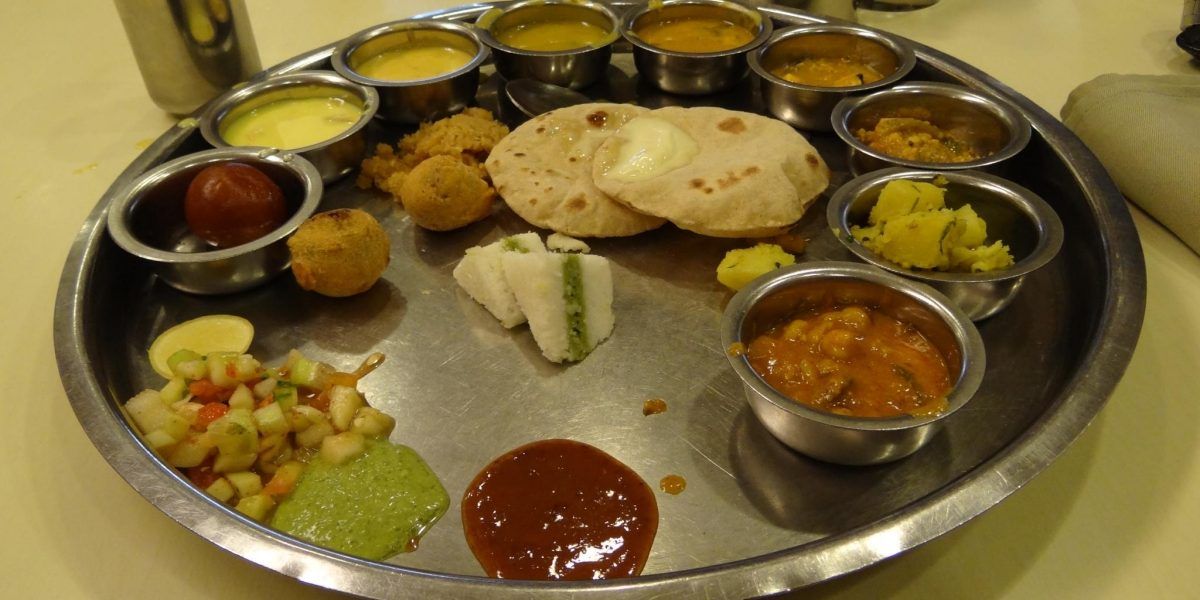
For a long time in India, food security was reduced to satisfying the physical sensation of hunger. However, the quality of the food people consume or the factors that determine people’s diets have not received sufficient attention in either research or policy. With high levels of anaemia on the one hand and the increasing burden of non-communicable diseases on the other, the need to focus policy attention on dietary diversity is urgent.
Even when tackling child malnutrition, along with other factors such as sanitation, childcare facilities and improved child feeding practices, the quality of children’s diets is a crucial issue. According to the National Family Health Survey (NFHS-5), only 11.3% of children in the age group of six months to two years receive a “minimally acceptable diet” as defined by the World Health Organization (WHO). This includes the frequency of feeding as well as minimal dietary diversity.
India is also lacking dietary surveys of the kind that are conducted in many parts of the world, so there is not much data on dietary diversity among the population.
The National Nutrition Monitoring Bureau (NNMB) of the National Institute of Nutrition (NIN) used to conduct dietary surveys, but these were stopped about 10 years ago. Even when NNMB surveys were conducted, they did not include all states in the country and had small sample sizes. However, there are reports that a national dietary survey is currently underway.
The National Family Health Survey (NFHS) includes some questions about food consumption, but these are not enough to give us complete information about dietary diversity. Although we get an idea of which food groups are regularly included in people’s consumption, this survey does not include data on the quantities consumed. Therefore, even a spoonful of milk added to a cup of tea each day could be counted as milk consumed daily.
According to the most recent NFHS data, 56.2% of men and 49.6% of women consume fruit at least once a week, and 57.8% of men and 45.1% of women consume eggs at least once a week.
The National Sample Survey Office’s Consumer Expenditure Survey (CES) also provides some information on food consumption. Data from the recent household CES (2022-23) are yet to be analysed to estimate calorie or protein consumption; the data in the report show that per capita consumption of cereals has been declining over the years, from 12.72 kg per capita per month in 1999-2000 to 9.61 kg per capita per month in 2022-23.
Although there are comparability issues between the different survey rounds, this trend of reduction in the amount of cereal consumption has been a long-term trend. About 10% of the food budget is spent on cereals in rural and urban areas and about 18% on milk. Vegetables, fruits, “eggs, fish and meat” account for a similar proportion of total food expenditure in rural and urban areas (about 9% to 11%). What is striking is that almost 21% of the food budget in rural areas and 27% in urban areas is spent on beverages, snacks and processed foods. This needs to be carefully understood, given the harmful effects of consumption, especially of ultra-processed foods.
Analysis of unit data could offer more information about dietary patterns in India, however, this is not the same as a dietary survey. The survey basically asks questions about food expenditure, which is then used to derive nutritional information at the household level. For example, if rice was used as an ingredient to make kheer at home, this would appear as “rice” rather than “kheer”. Information on intra-household distribution is also not available in this survey.
What we do know for sure is that there is significant scope for improving dietary diversity. There is also some information available on the factors contributing to low dietary diversity, although this requires much more detailed research.
For example, the State of Food Security and Nutrition in the World, 2024 report, published by a group of UN organizations, estimates that 55.6% of the Indian population cannot afford a healthy diet. Affordability is determined by both income levels and prices. Although we know that a large portion of the Indian population earns very low incomes, food prices have been more volatile.
In a recent article in Economic and Political Weekly, International Food Policy Research Institute (IFPRI) researchers Sudha Narayanan, Kalyani Raghunathan and Anita Cristopher argue for calculating the cost of healthy diets (COHD) alongside consumer price indices for food (CPI-F).
They show that although these two are correlated, they do not always move in the same direction. The COHD estimates the cost of purchasing the recommended daily allowances of various foods as recommended by the Indian Council of Medical Research (ICMR), from the cheapest source. This would obviously be a better metric to assess what people need to meet their health and nutrition needs compared to the IPCs. They could form the basis for calculations of minimum wages, poverty lines and so on.
Along with accurate measurement, policies related to food and nutrition security must also broaden their emphasis from cereal security to healthy diets. Agricultural policies for food security have traditionally focused only on cereals, especially rice and wheat.
Although there is now some mention of millets, interventions on pulses and oils are far from adequate. The public distribution system (PDS) also distributes mainly rice and wheat, although some states have included millets, pulses and/or edible oils.
Even the meals given to children in Indian schools and Anganwadis do not have much diversity in terms of protein and micronutrient sources. They are generally given some form of rice and dal across the country, with little addition of vegetables, fruits or animal proteins such as eggs, milk or meat.
At the other end of the spectrum, issues related to the regulation of the marketing and sale of processed foods are also important. A shift in attention towards improving dietary diversity for all could also be a good step towards a comprehensive food and nutrition policy based on a “food systems” approach.
Note: This article is republished from The Wire through a cooperation agreement between both parties for the dissemination of journalistic content. Original link.
Source: https://reporteasia.com/opinion/2024/08/30/india-fortalecer-politica-nutricion/

